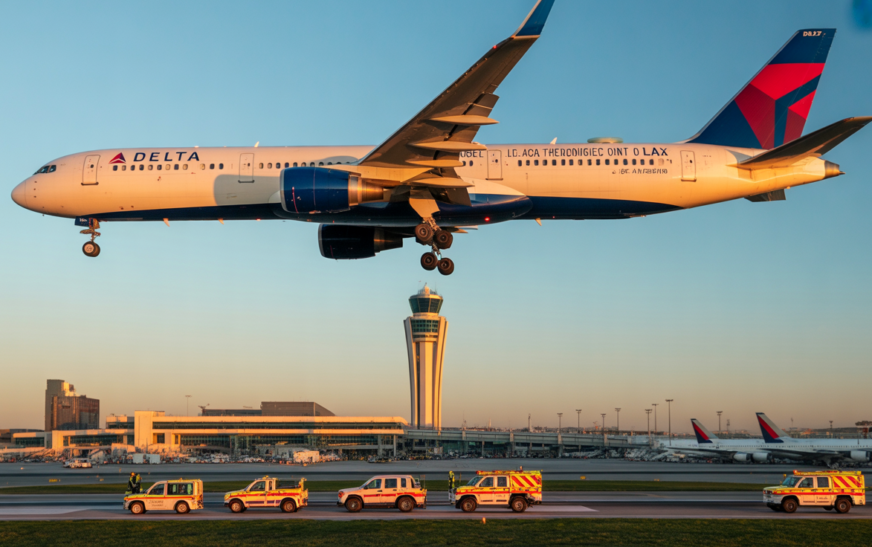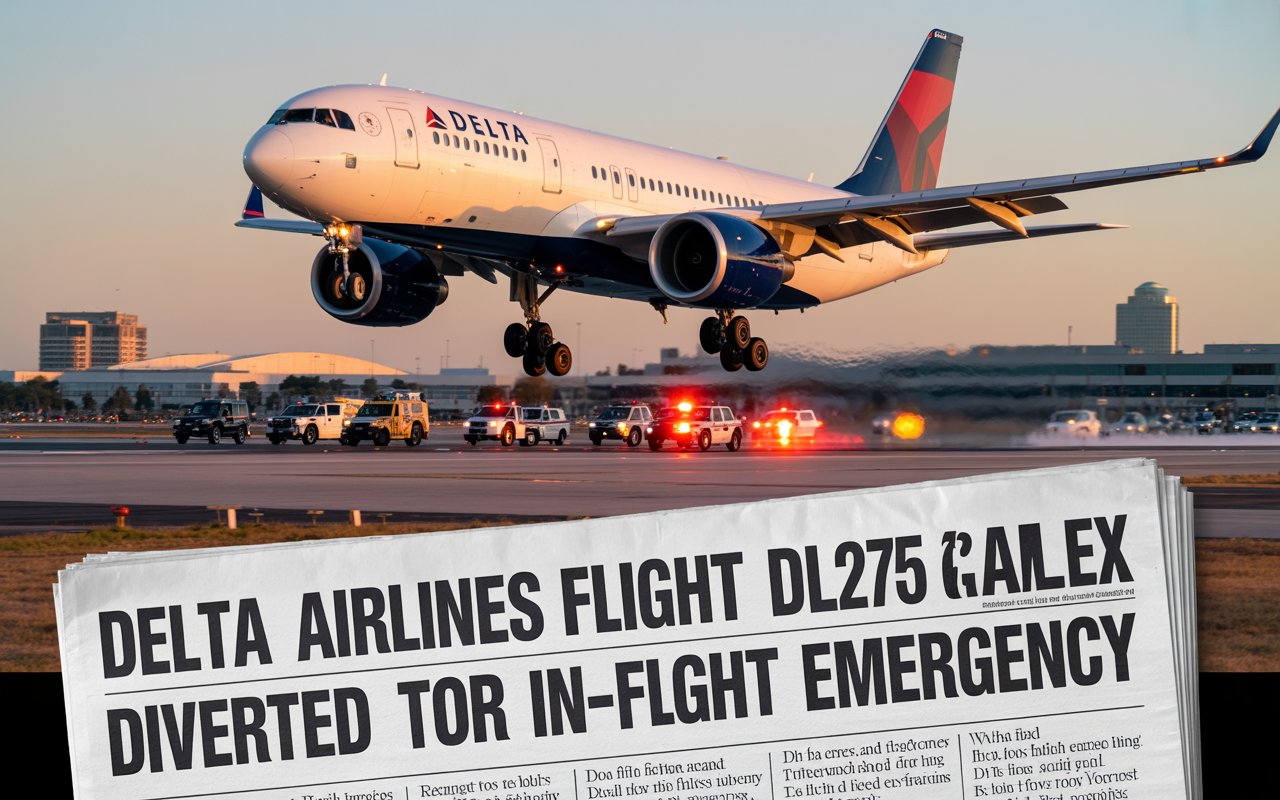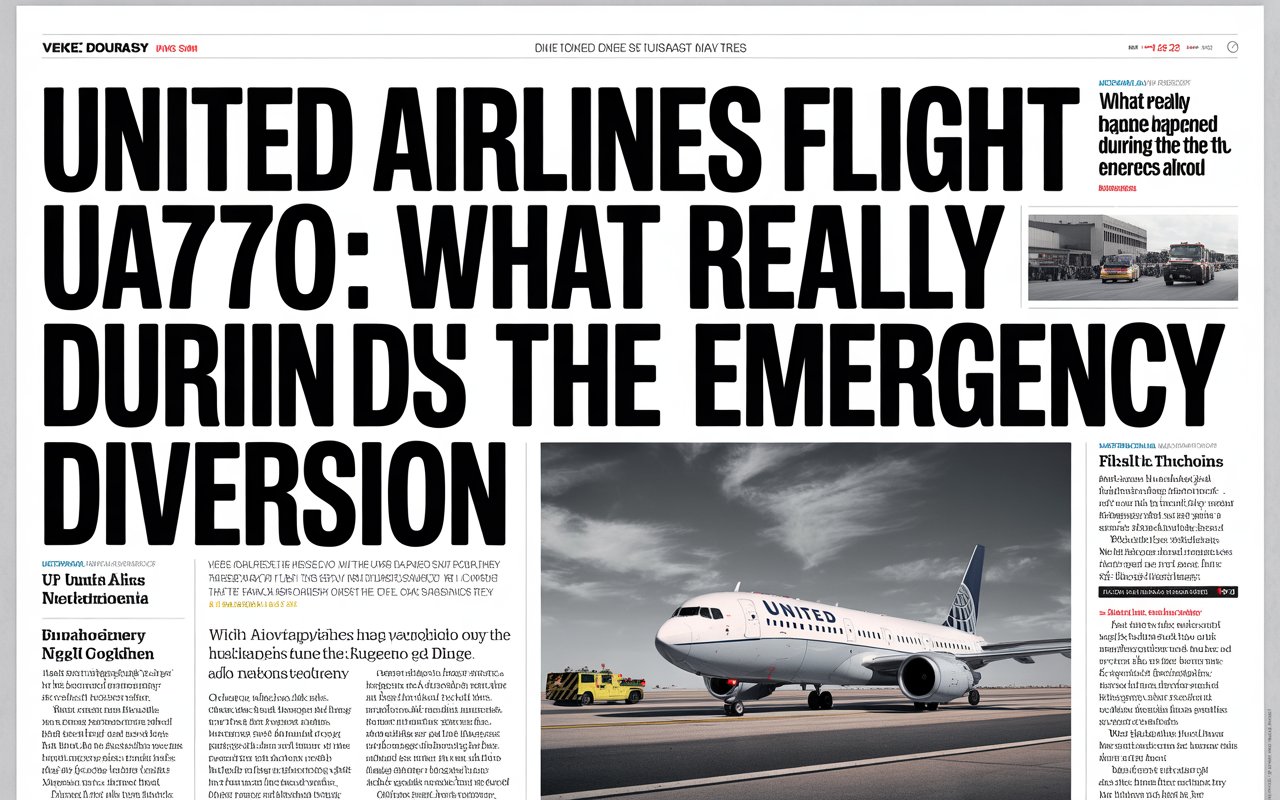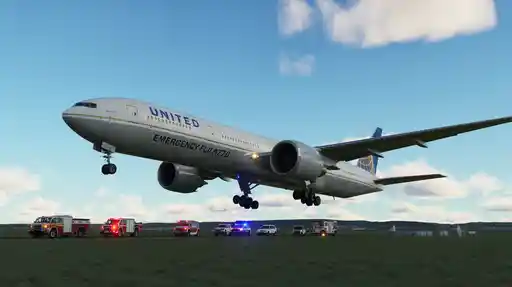Introduction
Delta Air Lines (DL) is a Seoul-based (ICN) flagship flight to Atlanta international (ATL) operated by Airbus A350, which turned to an unsafe and probably fatal left route to Los Angeles international airport (LAX), in an intercontinental flight to Atlanta (ATL). This was a normal case study on how the aviation safety procedures operate as much as it caused disruption of schedules. It rings a bell that in the present airline industries, nothing can be compromised regarding passenger safety.
The Technical Trigger: The anti-Ice System failed.
The aircraft was attempting to fly at the altitude of 38000 feet across the North Pacific in the ocean during which the flight crew realized that a very crucial system of the aircraft interferes with the anti icing engine which is the most essential system in the aircraft. Neither will any ice be able to be formed around the engine components with this system; this is mission critical on high altitude, cold weather operations. Failure of this airspace in the remoteness automatically increases the stakes.
A flight back to the place of departure would imply a few hours of indoor flying in a wild land where little was available to tempt the mind. However, it was a crew-decision to fly to LAX and this was a tactical decision in terms of safety, as well as, maintenance-handling capacity and operational-support provision.
Why LAX Was the Right Choice
Conversely, LAX offered various advantages since whereas DL275 should land at Atlanta airport, LAX offered some advantages:
- Infrastructure: Wheels of extremely long length and advanced highly equipped facilities that are able to support the Airbus A350.
- Technical Support: Access to special teams of Rolls-Royce to develop their engines.
- Passenger Care: High ground and customer service ability to reroute in large numbers.
I could have used Anchorage or even Seattle, but as there is more than one factor to consider, LAX was an excellent trade off of speed, safety, and/or availability of service.
The Crew’s Professional Response
The crewmembers in the cockpit had followed an effective decision making framework who adopted a decision making model like that of FORDEC (Facts, Options, Risks, Decision, Execution, Check). They coordinated with Delta Operation Control Center and air traffic control so that they can emerge with the safest most efficient route to LAX.
The attendants in the cabin tried to calm their nerves and inform passengers with statements that were logically understandable because they also announced passengers that an unscheduled landing will take place. This was observed in the issue of balance between technicality and assurance of passengers that took place in incidence.
Onboard Passenger Experience
The travellers get confused and worried due to divertments. Communications among the crew was also vital in the reduction of anxieties in DL275. The language chosen by the passengers to outline the technical issue was in a professional and not panic-stricken manner that enhanced the fact that the welfare that was paramount at the given moment was security.
By the time they arrived at their destination, Delta had a pool of workers on hand to assist as much as rebooking, hotel rooms and food facilities. The ground support involves coordination which is critical in protecting customer faith in the event of the relocations of operation.
Operational and Financial Impact
Diversion of a long range aircraft is by no means a small matter. This event had very sobering operational foreseeability:
- Fuel Costs: additional fuel consumption due to recourse.
- Maintenance Costs: A real time testing and correction of the faulty system.
- Hotel, meals and rebooking expenses: passenger services.
- Disruption of Schedule: delays and inconveniences and aircraft repositioning.
Industry estimates show that airlines can lose more than a quantity of 2 million. This is on the ground of direct and indirect consequences to the industry as a result of such diversions.
The Role of Predictive Maintenance
The importance of predictive maintenance technologies is highlighted in such a case. The modern aircrafts are installed with advanced engines that carry complex sensors that monitor vibration of the engine, temperature, and performance of the engine. Such systems, in the majority of the cases, can alert the ground crews about emerging challenges, before the aircraft leaves the gate.
DL275 case study of a malfunctioning anti-ice is an example of how bridging of the AI-based analytics in the future would resolve complications exhibited by providing warnings of the complications early in the flights and even preventing the diversion altogether.
Action Safety Culture
Aviation culture of safety has been built on prevention, readiness, and rapid response. This kind of culture is implemented though in the diversion of DL275:
- Decision-Making: Select LAX was risk averse.
- Effective Communication: This worked to de-tension the passengers because they had been informed of what was happening.
- Technical Readiness:Teams available in stand-by caused quick solutions.
Any detractors are anthologized as training, testing and enhancement of the future safety strategies of airlines.
Lessons for the Industry and Travelers
| Lesson | Insight |
| Early Detection Matters | Predictive tech can identify any problems in a timely manner. |
| Strong Hubs Save Time | Diversion success relies on robust airport infrastructure. |
| Crew Training is Critical | Calm, coordinated response ensures safety and passenger confidence. |
| Passenger Care Builds Trust | Transparent, empathetic handling of disruptions retains loyalty. |
Conclusion
Regardless of the scenario, the diversion of Delta flight to LAX was not at all a failure; instead, it was a lesson on the trend of aviation safety in the present day. The decision making by both the crew and the airline was also not wavering, it was just a matter of weighing between the operational constraint and the final outcome of the safety of all human beings on board.
It could not possibly be comfortable to passengers. Another factor as to why in international air, training, technology and teamwork are the pillars, was the introduction of the aviation sector. On the latter, of course, the extensive and rapid mental calculations of the DL275 crew served to put safety directly in cruising altitude.













